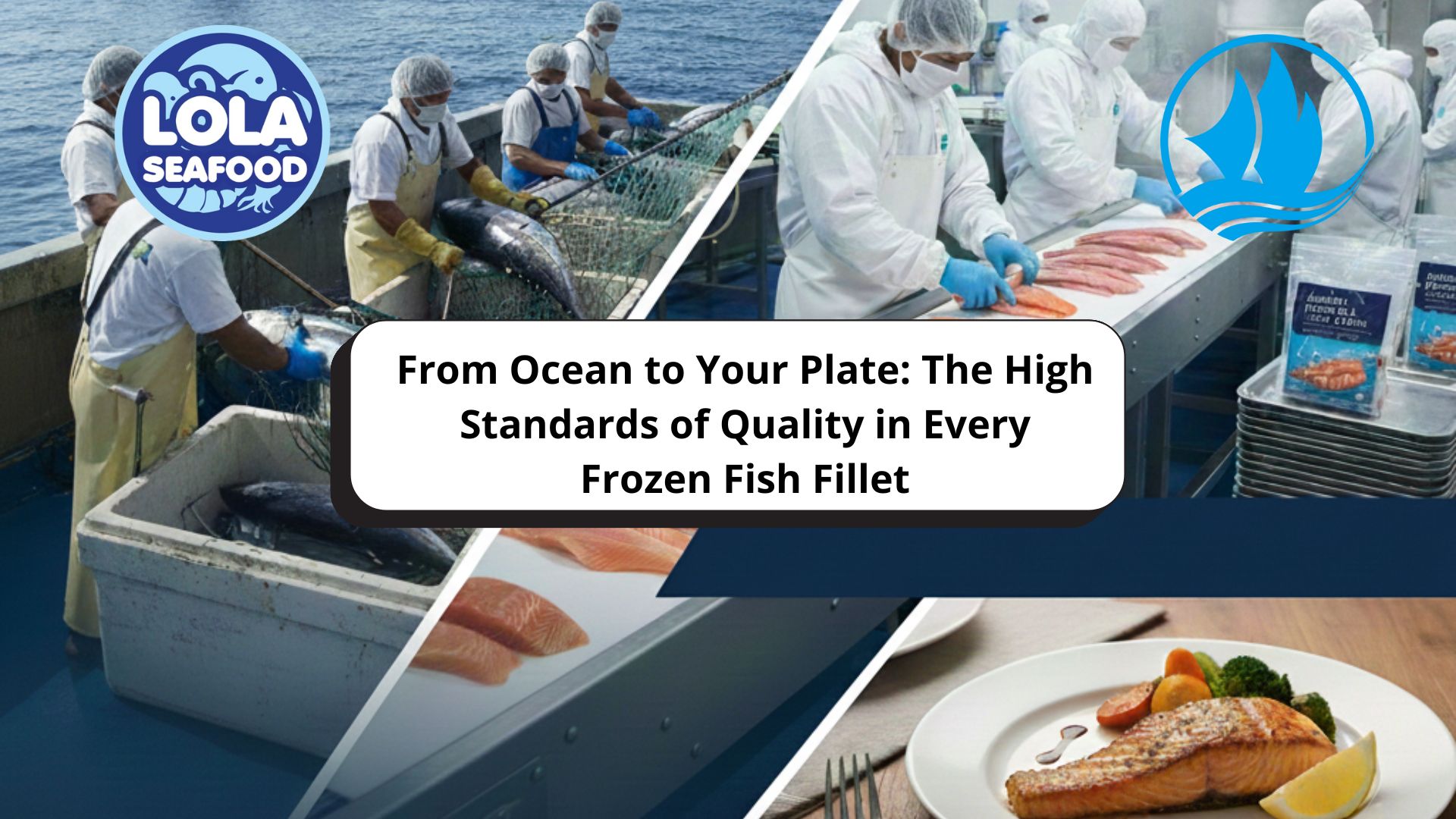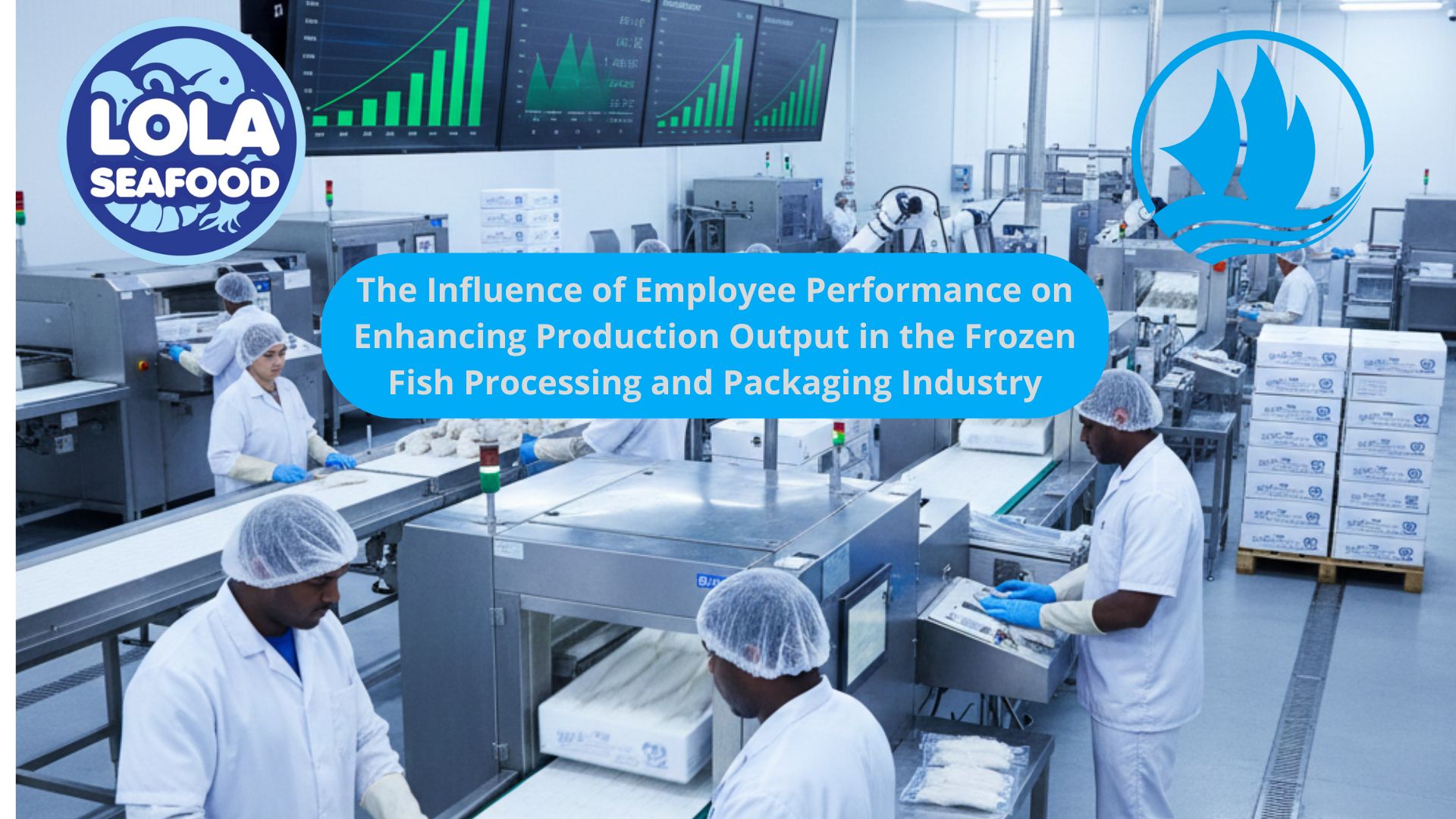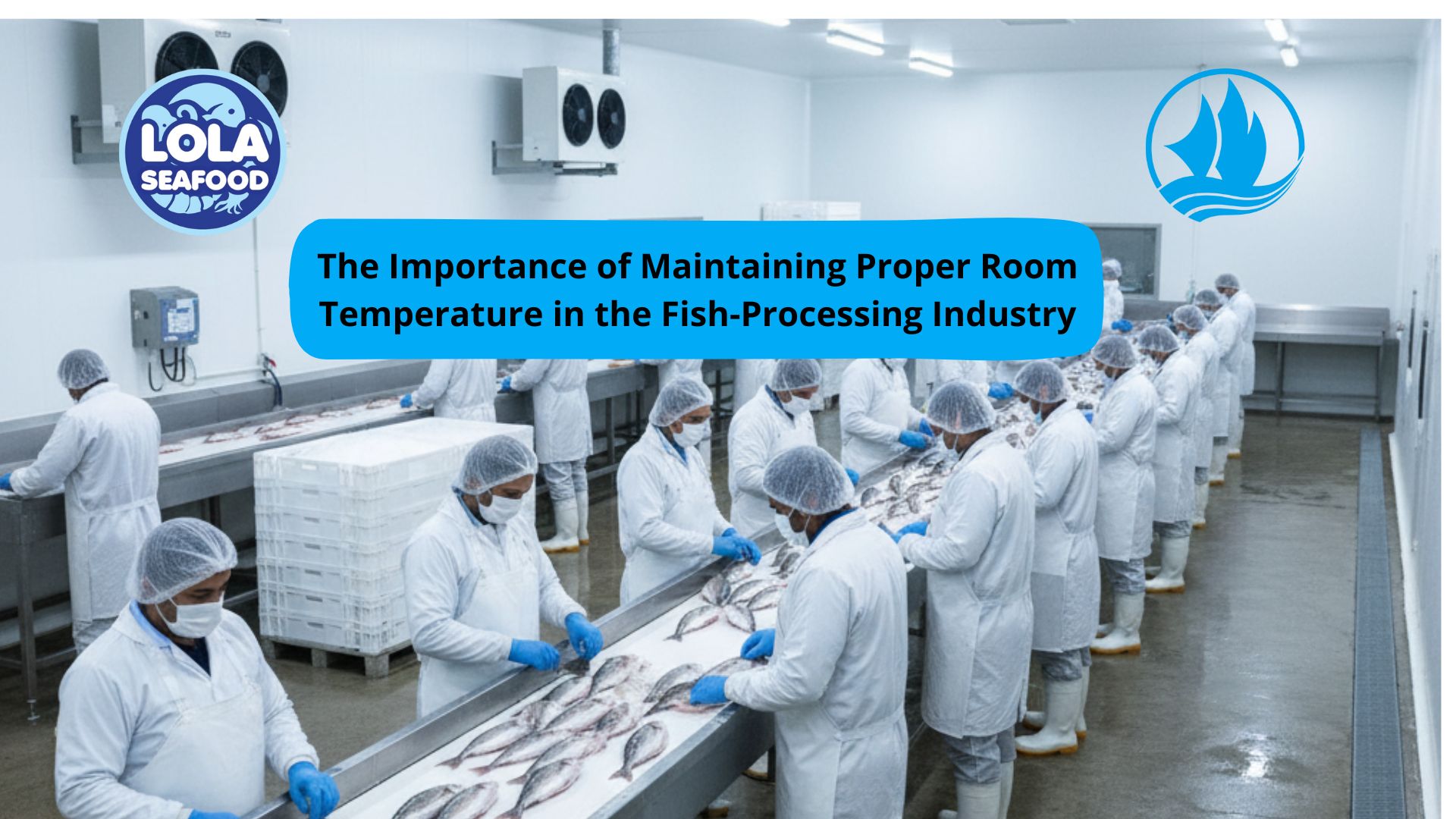Why Shark Meat Contains Higher Ammonia than Other Fish
By. Najih - 17 Sep 2025.jpg)
Kelolalaut.com Shark meat has long been a subject of discussion in the seafood industry—not only because of its culinary and commercial value but also due to its unique biochemical properties. One of the most striking characteristics of shark meat compared to teleost (bony) fish is its tendency to release stronger ammonia odors after capture and processing. This phenomenon often leads to misconceptions among consumers and challenges for processors, but it has a well-established physiological basis. Understanding why shark meat contains higher levels of ammonia than other fish is essential for ensuring product quality, market acceptance, and effective processing methods.
The Role of Urea in Shark Physiology
Unlike teleost fish, which primarily regulate their internal salt and water balance by excreting nitrogenous waste directly as ammonia, sharks belong to a group called elasmobranchs (cartilaginous fish). They have a unique osmoregulatory system that relies heavily on the retention of urea in their tissues and blood.
- Osmoregulation Strategy: In seawater, most fish constantly lose water through osmosis and must drink seawater while excreting excess salts through their gills. Sharks, however, avoid this by maintaining very high concentrations of urea and trimethylamine oxide (TMAO) in their bodies. This makes their internal fluids nearly isotonic with seawater, reducing water loss.
- Urea Accumulation: The retained urea helps balance osmotic pressure, but it also makes shark tissue chemically different from that of most other fish.
This physiological adaptation is highly effective for survival in marine environments, but once the shark dies, it creates complications for meat quality.
The Link Between Urea and Ammonia
When a shark is alive, urea is relatively stable in its tissues. However, after death, natural enzymatic and bacterial processes begin to break down urea. This degradation releases ammonia, which is responsible for the strong odor often associated with shark meat.
- Enzymatic Breakdown: Urease-producing bacteria and enzymes act on urea, splitting it into ammonia and carbon dioxide.
- Rapid Accumulation: Because sharks store far more urea than teleost fish, the breakdown process leads to much higher concentrations of ammonia in a relatively short time.
- Sensory Impact: Ammonia gives the meat a sharp, unpleasant “urine-like” or “fishy” odor, reducing its acceptability for consumers.
This explains why shark meat, if not treated or processed immediately, often develops a much stronger smell compared to tuna, mackerel, or other commonly consumed fish.
Comparison with Teleost Fish
Teleost fish (such as cod, tuna, or snapper) manage nitrogen waste differently. Instead of storing urea, they excrete ammonia directly through their gills. As a result:
- Their tissues contain minimal urea, so post-mortem ammonia formation is limited.
- Spoilage in teleost fish is dominated by trimethylamine (TMA) production from trimethylamine oxide (TMAO) reduction, not by ammonia from urea degradation.
- The characteristic “fishy smell” of teleost spoilage is therefore milder compared to the intense ammonia odor of shark meat.
This fundamental difference highlights why shark meat is particularly challenging to handle and why specialized processing is required.
Processing Challenges and Solutions
Because ammonia development is inevitable in shark meat, the seafood industry employs various methods to minimize its impact:
- Rapid Processing: Sharks must be processed quickly after capture to slow down bacterial and enzymatic activity.
- Soaking and Leaching: Fillets are often soaked in acidic solutions (such as vinegar, citric acid, or lemon juice) to neutralize ammonia and reduce odor.
- Freezing Techniques: Proper freezing at ultra-low temperatures helps slow down urea breakdown.
- Brining and Salting: Traditional preservation methods, such as salting or brining, help mask strong odors while improving shelf life.
- Consumer Education: In some markets, consumers are informed that the smell can be reduced through specific cooking techniques, such as boiling and draining before final preparation.
Despite these measures, many international markets are still cautious about shark meat imports because ammonia odor is closely associated with perceptions of spoilage and poor quality.
Implications for the Seafood Industry
The high ammonia content in shark meat has several implications:
- Market Acceptance: Consumers who are unfamiliar with shark meat often reject it due to the strong odor, even if the product is safe to eat.
- Quality Standards: Exporting countries must enforce strict quality checks, including sensory and chemical analyses, to ensure shark meat meets acceptable standards.
- Economic Impact: Failure to control ammonia development can lead to product rejection, financial losses, and reputational damage for exporters.
- Sustainability Considerations: With increasing scrutiny of shark fishing due to conservation concerns, the industry must ensure that harvested shark meat is processed efficiently to minimize waste and maximize value.
Sharks produce and retain far more urea than most other fish, a physiological adaptation that helps them survive in the marine environment. However, after death, this retained urea rapidly breaks down into ammonia, giving shark meat its distinctive and often undesirable odor. This explains why shark meat contains higher levels of ammonia compared to teleost fish.
For the seafood industry, this unique characteristic is both a challenge and an opportunity. By applying advanced handling, processing, and preservation techniques, processors can reduce ammonia levels and improve consumer acceptance. Ultimately, understanding the biochemical basis of ammonia formation in shark meat is essential for ensuring consistent quality, meeting market demands, and promoting more sustainable utilization of shark resources.
If youre interested in our Shark Belly , Shark Fillet , Shark Flake and Shark Cartilage please do not hesitate to contact us through email and/or whatsapp




.jpg)

.jpg)

.jpg)